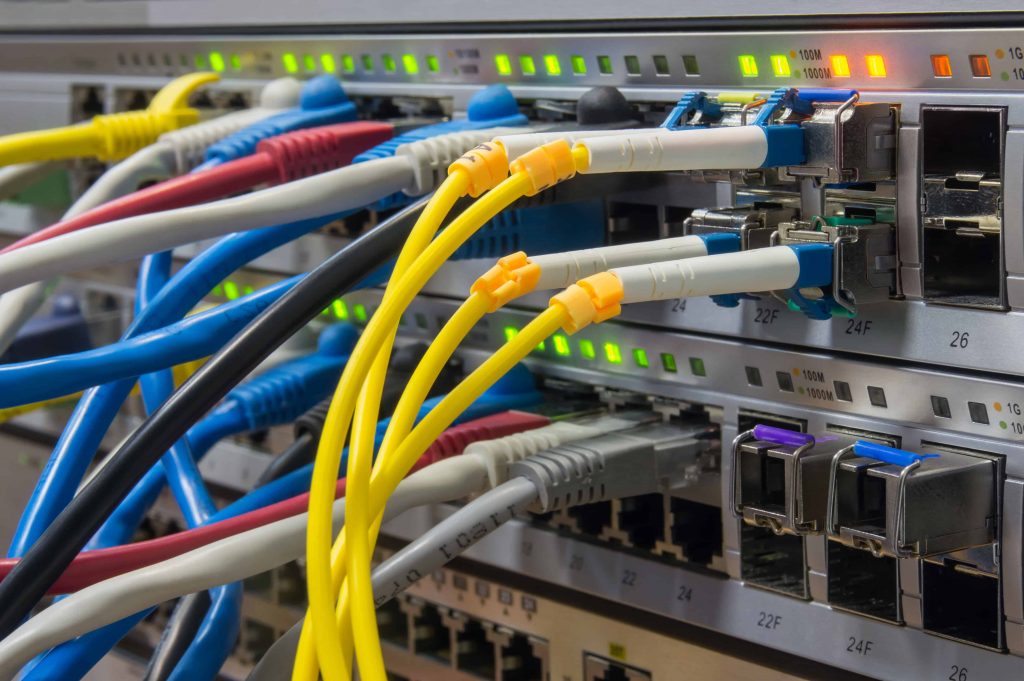Why is the operation of cable networks necessary in the office?
The basis of the company’s information cable network is a structured cable system (SCS). It makes it possible to integrate all engineering solutions into a single environment used in the daily work of the enterprise. An example can be a video surveillance system, LAN, as well as traditional IP telephony.

Of course, the set of technical solutions works on the basis of the cable system quite dynamically. In the course of work, some devices are added, others are removed, various systems are expanded and collapsed, office personnel move from one place to another. At the same time, the transfer and addition of active equipment is carried out within the framework of existing operation and administration (computers, telephones, servers, PBXs, routers, switches, etc.).
The operation of cable networks in the office should not be chaotic and unsystematic. There are certain rules for this, without which the process of managing the cable infrastructure very quickly becomes a rather time-consuming task. At the same time, the probability of breaking existing connections when trying to add new ones or change existing ones increases many times over.
The operation of cable networks in the office should not be chaotic and unsystematic. There are certain rules for this, without which the process of managing the cable infrastructure very quickly becomes a rather time-consuming task. At the same time, the probability of breaking existing connections when trying to add new ones or change existing ones increases many times over.
What tasks must be performed during standard operation of the cable system:
- first, measure the parameters of the cable lines and check their suitability for work;
- secondly, to determine which port of the linear part of the cross is connected to this or that workplace;
- thirdly – to determine which port of the station part of the cross is connected to a specific port of the linear one and vice versa;
- fourthly, to determine with which port of the station part of the cross the specific port of the active equipment is switched. With a large number of ports of active equipment, this task is quite difficult;
- fifth – to visually check the absence of places of potential breakage or exposure of the cable, as well as places of potential danger to the user.

Marking methods
In general, the main tasks of SCS management are solved precisely at the cross country. One of the ways to “not get lost” in cross country is to mark the cable elements of cross country devices. According to the TIA/EIA-606A international standard, almost all SCS elements are marked, including sockets with modules, patch panels with modules, cross panels and others. In short, all passive equipment, as well as grounding elements and even cable channels.
There are many marking methods. Practically, permanent markers or signed stickers are used most often. The marking symbols must be clear to any employee of the operation service. Also, don’t forget about network documentation, which also needs to be kept up-to-date. As a rule, the main sections of the documentation are: marking of elements; cable crossing scheme.
In the conclusion of the article, I would like to note that during the operation of cable networks, such tasks as identifying ports, identifying and switching connecting lines between ports, and preventing accidents are solved. To facilitate work, we recommend following the specified rules, and your network will work for a long time and “without surprises”.
